“Unlocking Sound: Perception, Echoes, and The Revolutionary Impact Of Ultrasound in Medicine”
. Physics Unit 11. SOUND
1. Sound Production and Propagation

Sound is created by vibrating sources like vocal cords, drums, or strings on a guitar. When these sources vibrate, they create disturbances in the surrounding air molecules, causing them to move back and forth, which creates sound waves. These waves travel through a material medium, like air, water, or solids, because they rely on the molecules of the medium to propagate.
2. Longitudinal Nature of Sound Waves
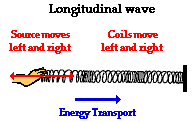
Sound waves are made of compressions (where molecules are close together) and rarefactions (where molecules are spread apart). This back-and-forth movement of molecules is what allows sound to travel through a medium.
3. Pitch, Loudness, and Quality of Sound
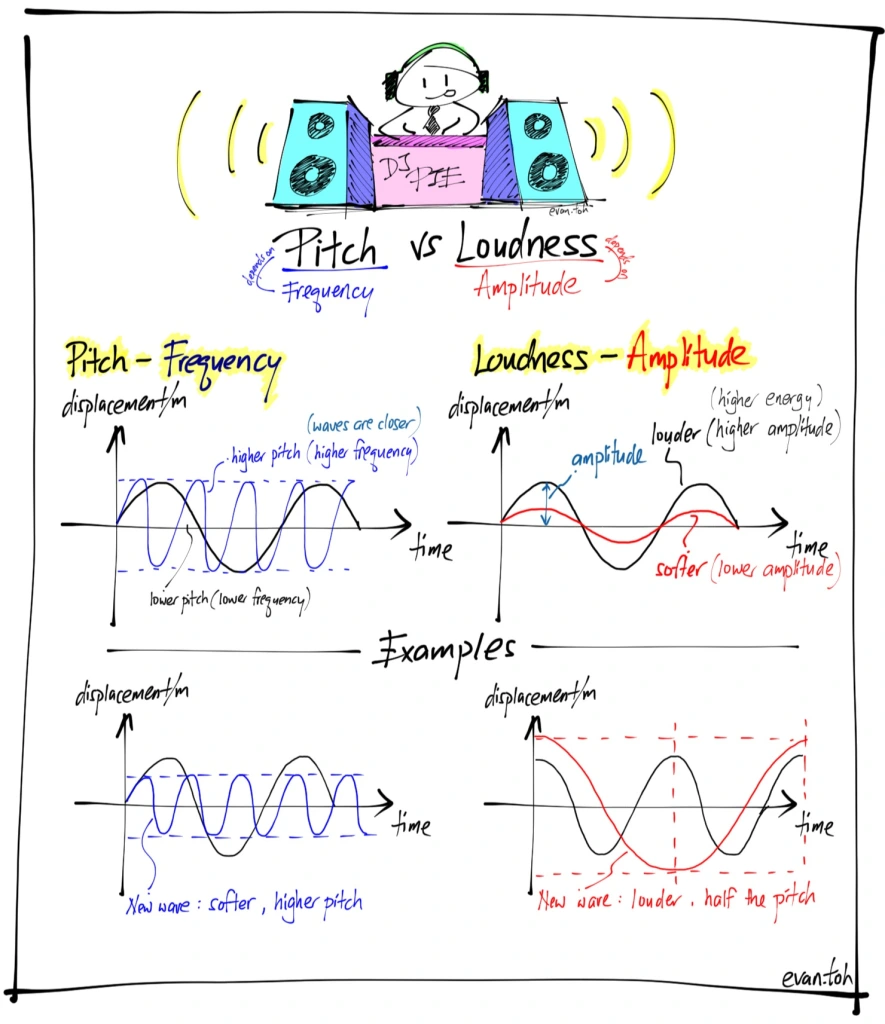
- Pitch refers to how high or low a sound is and is determined by the frequency of the sound waves.
- Loudness corresponds to the intensity or amplitude of the sound waves. Greater amplitude means a louder sound.
- Quality of sound describes its unique characteristics, like timbre or tone color, which differentiate different sounds even if they have the same pitch and loudness.
4. Effect of Amplitude and Frequency Changes

- Increasing the amplitude increases the loudness of the sound.
- Changing the frequency alters the pitch. Higher frequency results in a higher pitch and vice versa.
5. Intensity and Intensity Level

- Intensity is the amount of energy that flows through a unit area perpendicular to the direction of wave motion. Its SI unit is the watt per square meter (W/m²).
- Intensity level measures the intensity of a sound relative to the lowest level that can be heard by the average human ear. Its unit is the decibel (dB).
6. Noise as a Nuisance
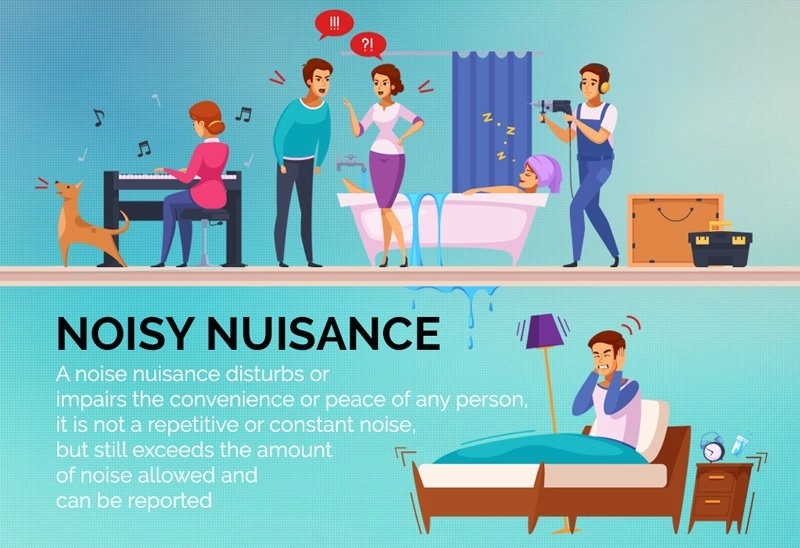
Noise refers to unwanted, disruptive sounds that can be harmful or annoying. It can lead to stress, hearing loss, and decreased productivity, impacting both physical and mental health.
7. Sound Reflection and Echoes

When sound waves hit a hard surface, they bounce back, creating echoes. The brain perceives these delayed reflections as echoes, especially if the time gap between the original sound and its reflection is noticeable.
8. Audible Frequency Range
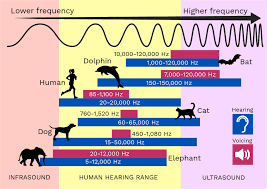
The audible frequency range for humans is typically between 20 Hz to 20,000 Hz. Sounds below or above this range are infrasound and ultrasound, respectively, and are generally not heard by humans.
9. Importance of Acoustic Protection
Acoustic protection, like earplugs or noise-canceling headphones, is crucial to prevent hearing damage from prolonged exposure to loud noises. It helps maintain healthy hearing and prevents conditions like tinnitus (ringing in the ears).
10. Problem Solving and Mathematical Relations
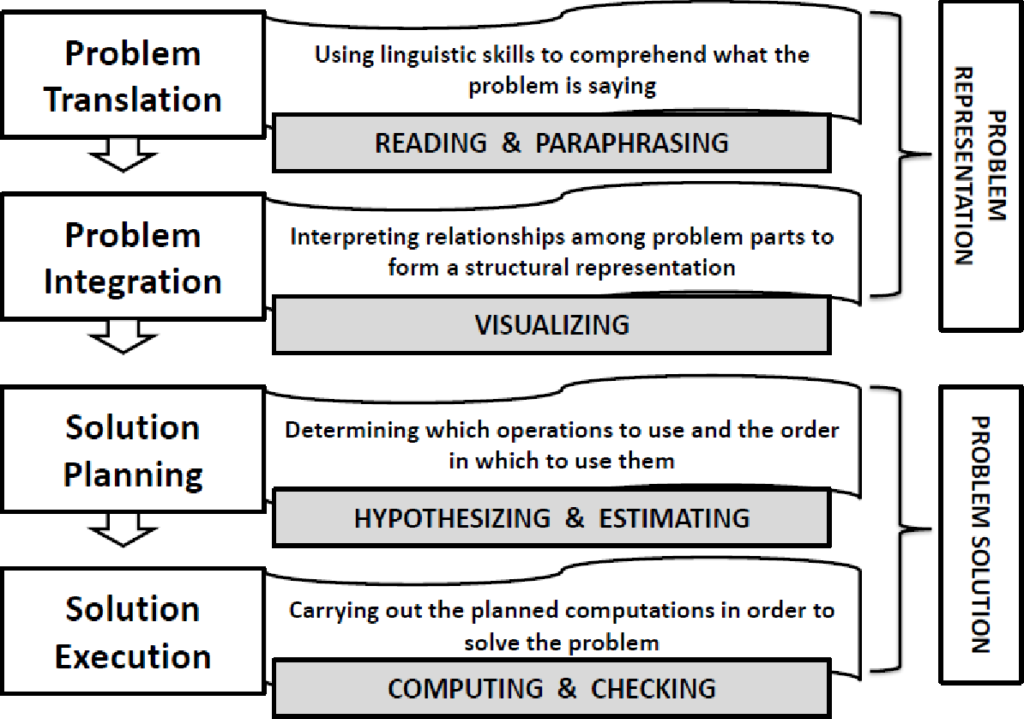
Mathematical relations in sound involve formulas like the speed of sound, frequency-wavelength relationships, and intensity calculations using the inverse square law.
By understanding these concepts, individuals can appreciate how sound works, protect their hearing, and better appreciate the nuances of the auditory world.
. Science, Technology, and Society Connections
1. How Sounds Can Harm Health
Certain sounds, when they’re too loud or prolonged, can be harmful. This is because our ears have limits to the loudness they can handle without causing damage. Sounds above 85 decibels (dB) can start to cause hearing loss over time. Things like loud music concerts, construction noises, or even some household appliances can produce sounds at levels that might harm your hearing.
2. Applying Sound Wave Properties in Building Design for Acoustics
When architects design buildings, they consider how sound behaves. Sound waves bounce off surfaces and can create echoes or make it hard to hear. To tackle this, architects use materials and shapes that absorb or deflect sound waves. For instance, they might use materials like acoustic tiles or special panels that absorb sound, or they might shape rooms in a certain way to reduce echoes. This way, in places like concert halls or classrooms, everyone can hear well without the sound bouncing around too much.
3. Ultrasound in Medicine and Industry

Ultrasound uses sound waves at frequencies higher than humans can hear. In medicine, doctors use it to see inside the body without surgery. It helps to check on babies during pregnancy or to examine organs like the heart. In industry, ultrasound helps to detect flaws in materials like metal or to clean delicate machinery without causing damage.
4. Using Soft Materials to Reduce Echoes

In classrooms and big buildings, echoes can make it hard to understand what’s being said. Soft materials like curtains, carpets, or special wall coverings can absorb sound, preventing it from bouncing around.
This makes the space quieter and clearer, which is especially important for learning environments.
What is the necessary condition for the production of sound?
11.2. What is the effect of the medium on the speed of sound? In which medium sound travels faster: air, solid, or liquid? Justify your answer.
11.3. How can you prove the mechanical nature of sound by a simple experiment?
11.4. What do you understand by the longitudinal wave? Describe the longitudinal nature of sound waves. 11.5. Sound is a form of wave. List at least three reasons to support the idea that sound is a wave.
11.6. We know that waves manifest phenomena of reflection, refraction, and diffraction. Does sound also manifest these characteristics?
11.7. What is the difference between the loudness and intensity of sound? Derive the relationship between the two.
11.8. On what factors does the loudness of sound depend?
11.9. What do you mean by the term intensity level of the sound? Name and define the unit of intensity level of sound.
11.10. What are the units of loudness? Why do we use a logarithmic scale to describe the range of the sound intensities we hear?
11.11. What is the difference between frequency and pitch? Describe their relationship graphically.
11.12. Describe the effect of change in amplitude on loudness and the effect of change in frequency on the pitch of sound.
11.1. Necessary Conditions for Sound Production:
Medium Presence: Sound requires a medium to travel through, such as air, water, or solids. It can’t travel through a vacuum because there are no molecules to propagate the sound waves.
11.2. Effect of Medium on Sound Speed:
Medium Speed: Sound travels fastest through solids, then liquids, and slowest through gases like air.
- Justification: In solids, molecules are closely packed, allowing sound waves to propagate more quickly due to better molecular interaction.
11.3. Proving Sound’s Mechanical Nature:
Simple Experiment: Use a tuning fork in contact with a solid table. The vibrations are transferred through the table, making a sound audible. Lift the fork, and the sound diminishes, proving sound needs a medium for transmission.
11.4. Longitudinal Nature of Sound Waves:
Longitudinal Wave: Sound waves travel in a back-and-forth motion, parallel to the direction of wave propagation.
- Sound waves compress and rarefy the medium as they travel, creating regions of high and low pressure.
11.5. Sound as a Form of Wave:
Evidence of Sound as a Wave:
- Interference: Sound waves can interfere constructively or destructively.
- Diffraction: Sound waves bend around obstacles.
- Refraction: Sound changes speed and direction when passing through different mediums.
11.6. Manifestation of Characteristics:
Sound Characteristics: Yes, sound exhibits reflection (echoes), refraction (change in speed through different mediums), and diffraction (ability to bend around obstacles).
11.7. Loudness vs. Intensity of Sound:
Difference: Loudness is a subjective perception, while intensity is the objective measure of energy per unit area.
- Relationship: Loudness is proportional to the square root of intensity.
11.8. Factors Affecting Loudness:
Factors: Loudness depends on amplitude (height of the wave) and distance from the source.
11.9. Intensity Level and its Unit:
Intensity Level: It measures sound intensity in logarithmic form, denoted in decibels (dB).
- Unit: Decibel (dB) – It quantifies sound levels relative to a reference intensity.
11.10. Units of Loudness & Logarithmic Scale Use:
Units: Loudness is measured in phons or sones.
- Logarithmic Scale: Our ears perceive a vast range of intensities, so using a logarithmic scale conveniently represents this wide range of sensitivity.
11.11. Frequency vs. Pitch:
Difference: Frequency is the number of waves per second, while pitch is how high or low the sound seems.
- Graphical Relationship: Higher frequency corresponds to a higher pitch on a graph.
11.12. Effect of Amplitude and Frequency on Sound:
Loudness & Amplitude: Increasing amplitude increases loudness.
- Pitch & Frequency: Higher frequency corresponds to a higher pitch. Changing frequency alters the perceived pitch of sound.
. CONCEPTUAL QUESTIONS:
Why are Tin Cans with a String Better for Communication?
11.2. Question: Why might two tin cans connected by a string be a more effective means of communication than simply shouting through the air?
Answer:
- Focused Transmission: The string acts as a direct pathway, reducing interference and ensuring clearer communication.
- Reduced Interference: Unlike shouting through the air, the string isolates the sound, enhancing clarity by eliminating background noise.
- Enhanced Transmission Medium: The physical connection of the string helps transmit vibrations more effectively than air, ensuring a clearer message.
Recognizing Persons Speaking with the Same Loudness
11.3. Question: How can we differentiate between individuals speaking at the same volume?
Answer:
- Unique Voice Characteristics: Each person possesses distinct voice tones, pitches, and timbres, allowing for individual identification despite speaking at the same loudness.
- Pitch and Tone Variations: Variations in pitch, tone, and enunciation contribute to the differentiation between individuals even when they speak at similar volumes.
Listening Around a Corner But Not Watching
11.4. Question: Why can we hear someone around a corner but not see them?
Answer:
- Sound Propagation: Sound waves have the ability to bend around obstacles like corners, diffusing and reaching our ears even when the visual path is obstructed.
- Differences in Light and Sound Behavior: Unlike light, which travels in straight lines, sound waves can bend and curve, enabling us to hear but not see around corners.
Volume Difference in Different Room Types
11.5. Question: Why is the volume required to hear audio higher in a room with wall-to-wall carpet compared to a room with a wooden floor?
Answer:
- Surface Absorption: The carpet absorbs sound waves, reducing their reflection back into the room, necessitating a higher volume for the same auditory impact.
- Reflective Nature of Surfaces: Wooden floors reflect sound waves, allowing them to travel further without losing intensity, thus requiring a lower volume for a similar effect.
An analogy to clarify: Think of sound as a bouncing ball. When thrown on a soft surface like carpet, it absorbs the impact and doesn’t bounce as high, hence needing higher volume. On a hard surface like a wooden floor, the ball bounces easily, maintaining its height, thus requiring lower volume for a similar impact. These principles explain how different materials affect sound transmission.
11.6. Two people are listening to the same music at the same distance. They disagree on its loudness. Explain how this could happen. Could differences in personal hearing abilities or sensitivity account for this variation in perception? Maybe variations in the perception of sound due to individual ear characteristics or differences in how the brain processes sound could explain this disagreement.
11.7. Is there any difference between echo and reflection of sound? Explain. Could an echo be a specific kind of reflection? Reflection of sound generally refers to sound waves bouncing off surfaces, whereas an echo specifically involves a delayed repetition of a sound due to the sound waves bouncing back to the listener. So, an echo is a particular type of sound reflection, occurring when sound waves reflect off a surface and return with a noticeable delay.
11.8. Will two separate 50 dB sounds together constitute a 100 dB sound? Explain. Do sound levels add up that way? When two sounds with the same intensity (in this case, both 50 dB) combine, the resulting sound level doesn’t merely add up. The increase in sound level when combining sounds is logarithmic, so two 50 dB sounds together won’t make a 100 dB sound; rather, it would be slightly louder than a single 50 dB sound but definitely not as loud as 100 dB.
11.9. Why is ultrasound useful in the medical field? How does ultrasound help in diagnosing medical conditions or in treatments? Ultrasound uses high-frequency sound waves to create images of structures inside the body. Its non-invasive nature and ability to visualize internal organs make it useful for various medical purposes, like monitoring pregnancies, detecting abnormalities in organs, guiding medical procedures, and more. Its safety and versatility contribute to its widespread use in the medical field.
In Summary
Understanding how sound works and its impact on our health is crucial. From designing buildings with better acoustics to using ultrasound for medical and industrial purposes, sound waves play a significant role in our lives. By applying this knowledge, we can create healthier, more comfortable spaces and improve various industries, ensuring that the sounds around us are not only pleasant but also safe and efficient.
The science behind sound waves enables us to engineer environments that optimize sound quality, whether it’s concert halls, classrooms, or workspaces. Moreover, the application of ultrasound in medical diagnostics and industrial inspections showcases its versatility and precision. Understanding sound’s influence on our well-being allows us to develop innovative solutions, ensuring that the soundscape we inhabit promotes not just comfort, but also contributes positively to our health and productivity. Ultimately, by harnessing the power of sound waves responsibly, we can enhance our lives in multifaceted ways, making strides toward a harmonious and healthier world.
.
5 comments